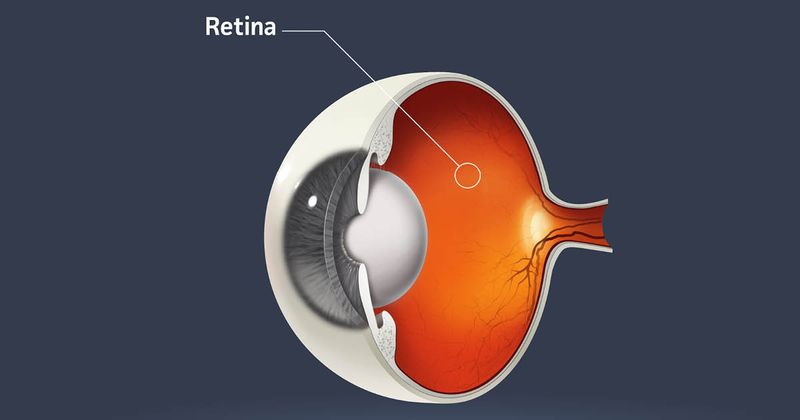Be mindful of anti-VEGF injection speed, volume in patients with severe glaucoma
Click Here to Manage Email Alerts
SAN FRANCISCO — When administering anti-VEGF treatments to patients with wet age-related macular degeneration, diabetic macular edema or retinal vein occlusion who have severe glaucoma, be mindful of the speed and volume of injections.
At Retina Subspecialty Day at the American Academy of Ophthalmology meeting, Rajendra S. Apte, MD, PhD, said that in patients with severe or unstable glaucoma, treatment of underlying conditions such as narrow angles is essential. Monitoring of pretreatment procedures is also imperative.

Image: Adobe Stock
“I can’t tell you how many patients stop their glaucoma drops 2 or 3 days before their retina visit because they think that’s what they should be doing,” he said.

Coordinating with the patient’s glaucoma provider is key, Apte said, as this cooperation can help the patient achieve ideal outcomes. This includes decisions on management of IOP-lowering agents and the need for potential additional therapeutic interventions.
“This is not just for anti-VEGF therapy,” Apte said. “There are a number of patients in retina who we operate on who have advanced glaucoma.”

